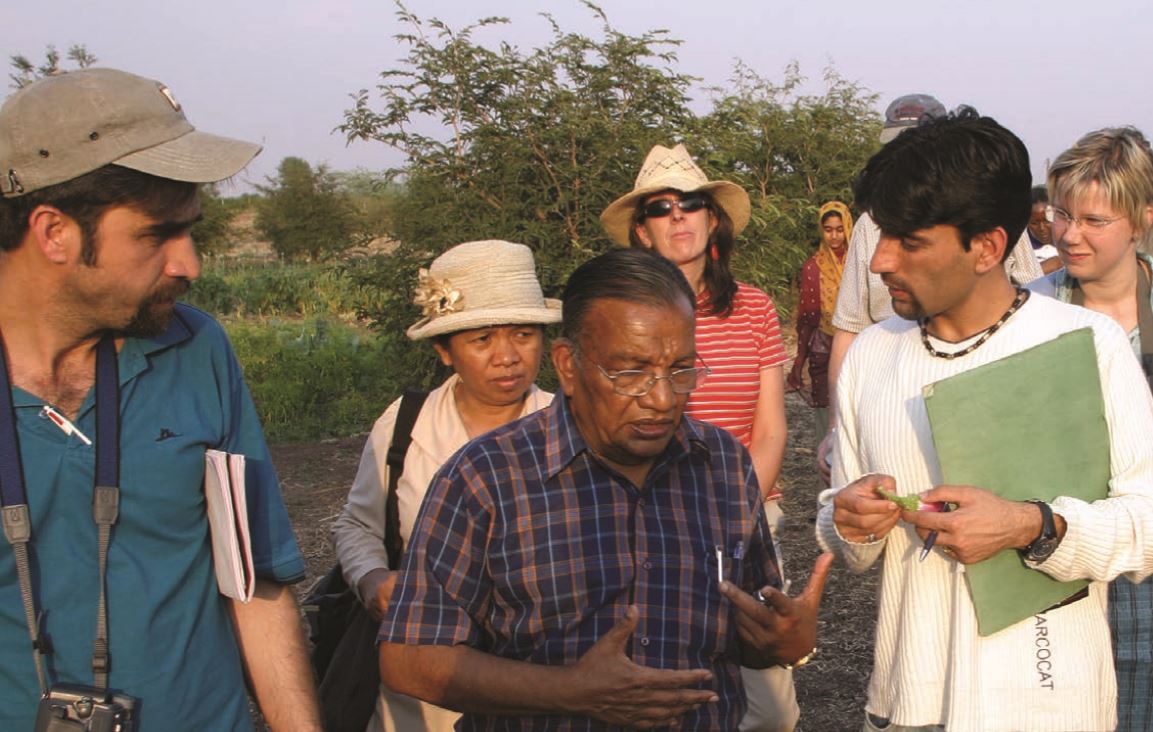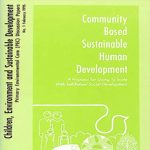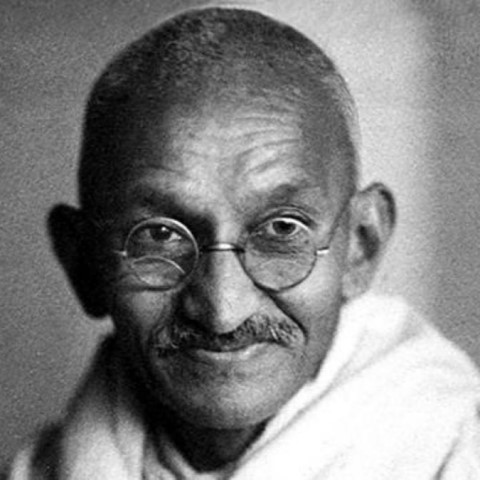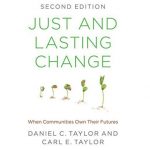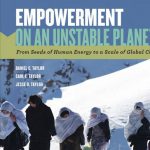SEED-SCALE offers a process by which almost any community can direct change underway within it. SEED-SCALE is comprehensive—it offers an approach and usable tools—but it is more than an approach and tools. It is a system of thought distinctive in presenting how change emerges from inside groups of people. When a person plants a garden, that person is not making the garden grow—the way a builder designs then makes a structure—a good gardener is releasing an organic process.
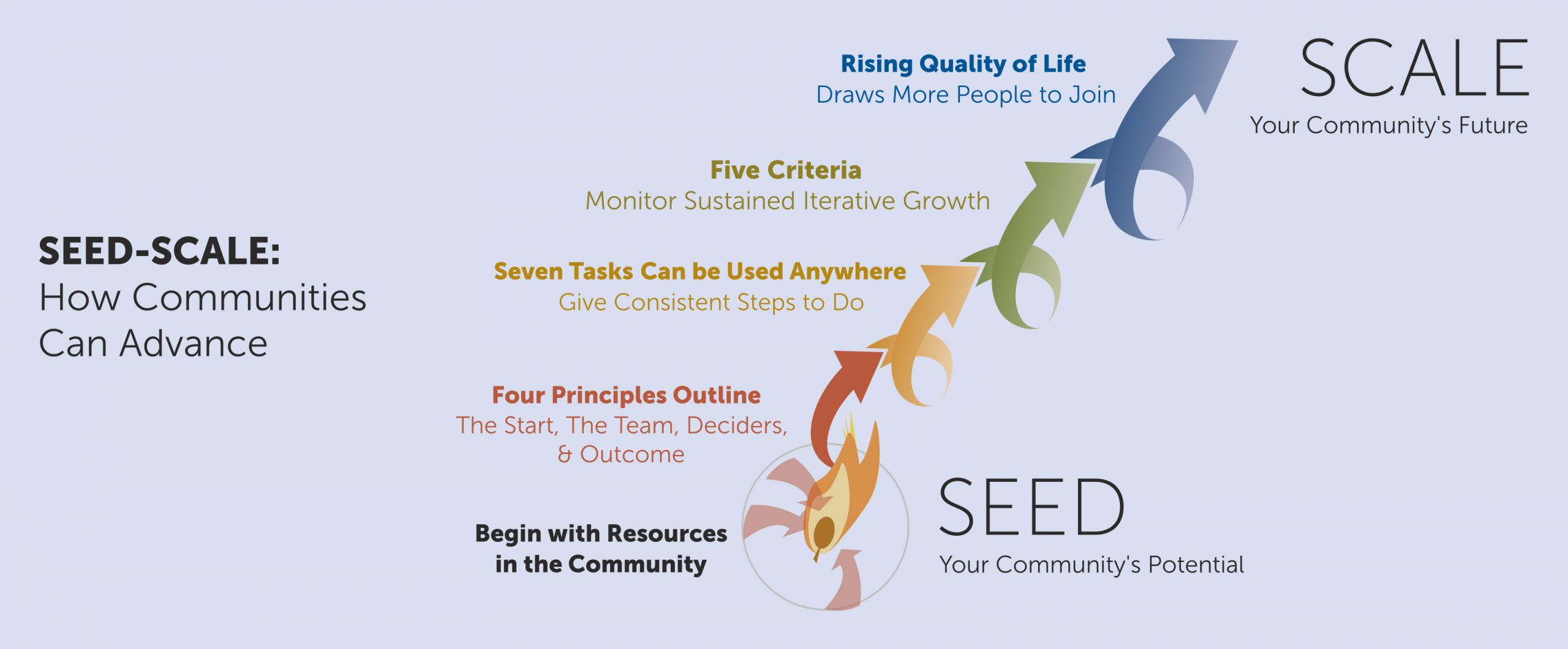
With SEED-SCALE the system of thought opens a pathway:
Where to
beginGrow Successes
With a Team to
guide growthThree-way Partnerships
Deciding as change emerges
Evidence-based
Resulting in changed foundation of
Behaviors
Take on this system of thought: where to begin, who to take, how to decide in your going, with changed behaviors as the result.
Unlike other frameworks that presuppose outside-driven change by money, accepting of values, mandating skills, or first getting government or money support, SEED-SCALE shows change can emerge from in communities. It provides a process any community can follow. It gathers into collective decision, and from that collaborative action. What results are locally-fitted new behaviors.
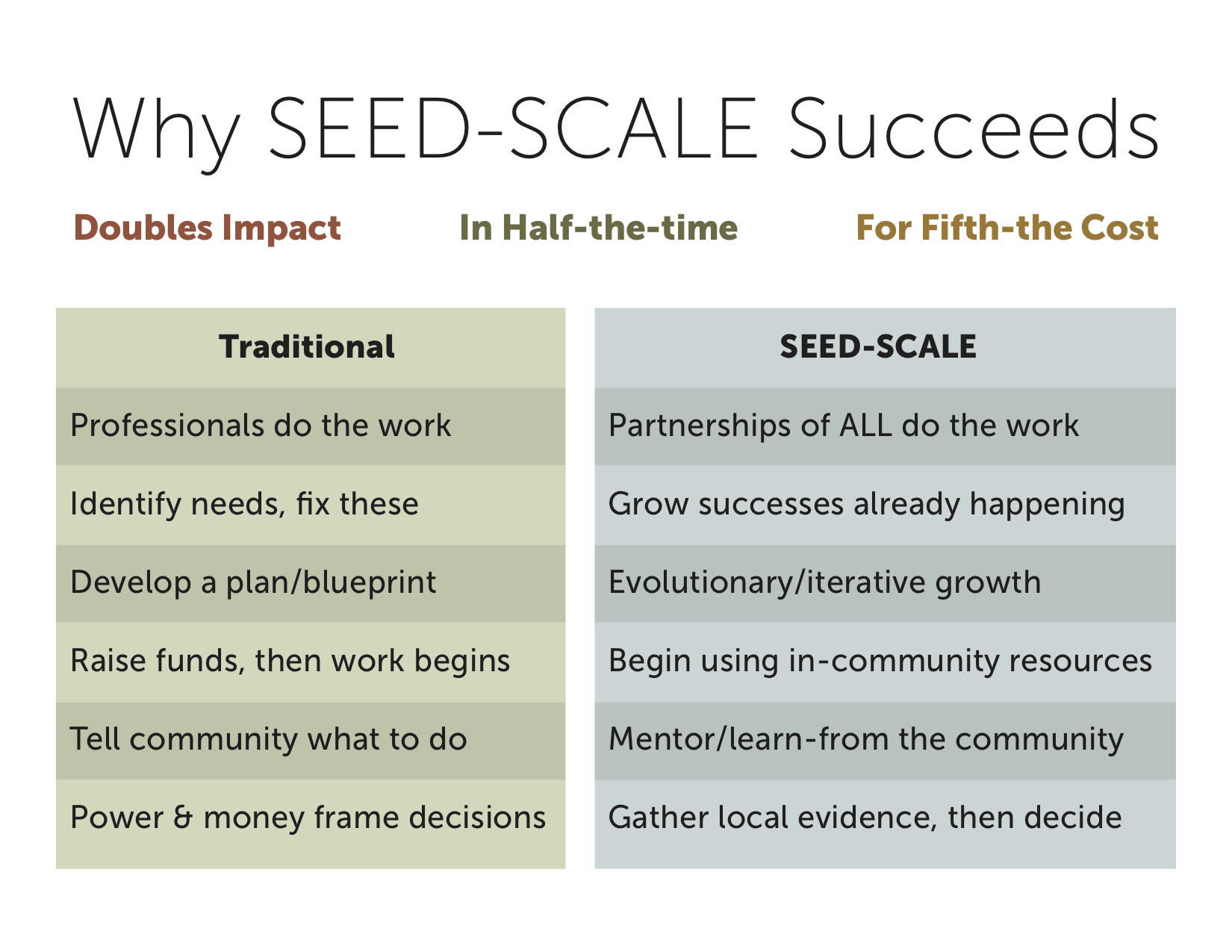
Many critiques exist about what is wrong with “development” (a few are on the Literature tab on this website). These all look at the process from outside. But how do things look from inside? Sadly, from inside there is not much objective looking because everyone is so tired from the hard work of doing. Each person is doing the best he or she can… and all that work can become so frustrating.
SEED-SCALE, coalesced out of a dialogue from around the world in the years before the 1995 United Nations Social Summit; two monographs were produced and circulated[1]. UNICEF’s Little Green Book cited on this website’s Home page had the second highest distribution in 1995 and 1996 of all UNICEF publications, except for their State of the World’s Children annual publication.
Subsequent to the two monographs, SEED-SCALE field activities were launched to test and understand. A new volume more explicitly discussion of SEED-SCALE and featuring case studies was published in 2002, then a second expanded edition of the same book followed in 2016 [2]. A further volume amplified how this process is based in the theory of Emergence, with substantive examples of specifically on-going SEED-SCALE cases, and deeper discussion the principles, operational tasks, and monitoring method. [3]
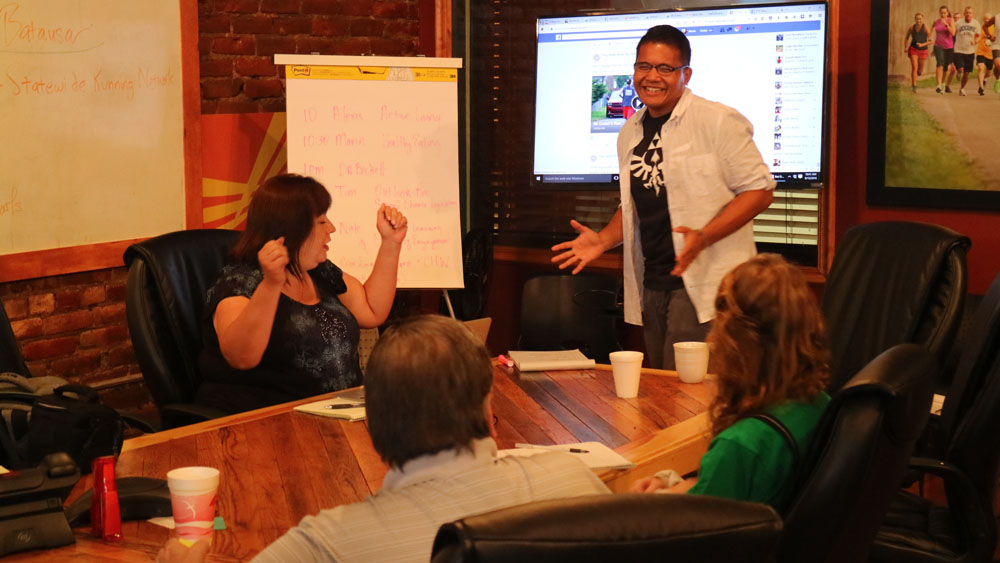
Stepping back from SEED-SCALE, a growing literature, from daily news to academic scholarship, describes and analyzes what the problems are, when they started, why they happened, who did what to whom, and where trends are likely to end—a long litany of w’s. These w’s are helpful, but that analytical list of problems makes it difficult to move from that worrisome web of w’s to solutions any community-can-do that make peoples’ lives better. Improving human life has its analytical aspect, but it also has its life-improving, even life-saving aspects. Instead of joining the trend describing the problems, SEED-SCALE focuses on the h—the How of social change, how change can be shaped to fit any community. It gives a system of thought that opens an easy-to-do path to progress through the thicket of w’s.
In the “How” focus, SEED-SCALE is forward-going (not retrospectively descriptive). The past can be described precisely, but only after things happen. Looking forward, a different mindset is needed, not analysis (which is what school mostly teaches), but dealing with change, unpredictable change. What can happen depends on how forces inside a system engage the forces from outside. Predicting the future is nearly impossible when it is people who make the future (who can predict even one person …).
While the future is nearly impossible to predict, it is possible with peoples’ energies to give a process where people create their future in accord with what they have and what they desire. What will result cannot be predicted. But a consistently reliable direction can be offered. The beginning is to start with what’s working, where peoples’ energies, their successes.
Utilize, don’t fight, that people are always changing what they want. Accelerate and direct those energies, creating a continuing feedback loop that utilizes this reality that can grow community-wide momentum: The Revolution of Rising Aspirations. This feedback loop gathers people toward where a Rising Quality of Life draws in a Rising Quantity of People.
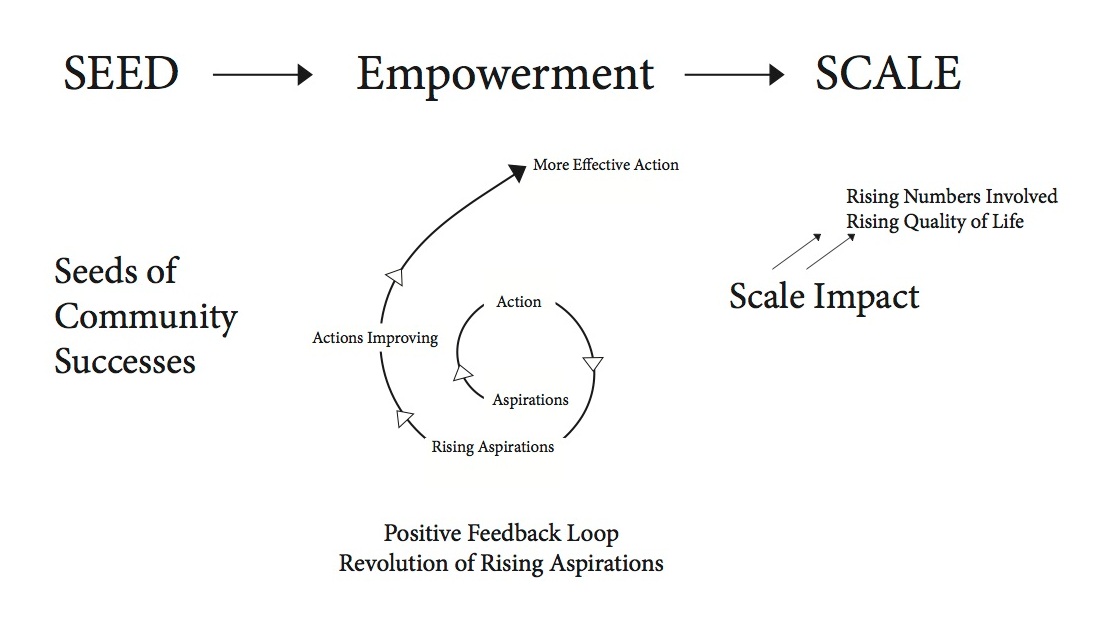
Footneote
[1] Daniel Taylor and Carl E. Taylor. Community-based Sustainable Human Development—Going to Scale with Self-reliant Social Development. (New York: UNICEF, 1995).
Carl E. Taylor, & Aditi Desai, Partnership for Social Development—A Casebook, Independent Task Force on Community Action for Social Development, (Franklin, WV: Johns Hopkins University, Dept of International Health, & Future Generations, February 1995).
[2] Daniel C. Taylor and Carl E. Taylor. Just and Lasting Change When Communities Own Their Futures. (Baltimore: Johns Hopkins University Press, 2nd Edition 2016).
[3] Daniel C. Taylor, Carl E. Taylor, Jesse O. Taylor Empowerment on an Unstable Planet: From Seeds of Human Energy to a Scale of Human Change (New York: Oxford University Press, 2012).
When thinking about people, overlooked often is their potential. People are talked about as ‘good’ or ‘funny’ or ‘stupid.’ But missed is their potential to change. A plant’s seed is all about potential to grow; not only is DNA guidance inside, but also a spark of energy for the seed to take root. SEED-SCALE is a lens into the dynamics in a community.
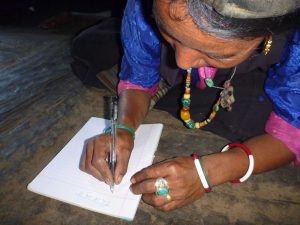 If focuses on the resources shared by all: Human Energy. With that realization—that everyone has human energy—and through that universal asset everyone in a community can participate. That is the objective: get everyone to participate and going in the same direction. What they then must learn is how to use the resource they all have. Doing so, resourcefulness results. (This differs from change called for in resources—“we need A,B,$$ before we can go forward.”) Everyone who is alive owns the human energy resource—with that, technologies, social systems, information, financing then the energy is guided.
If focuses on the resources shared by all: Human Energy. With that realization—that everyone has human energy—and through that universal asset everyone in a community can participate. That is the objective: get everyone to participate and going in the same direction. What they then must learn is how to use the resource they all have. Doing so, resourcefulness results. (This differs from change called for in resources—“we need A,B,$$ before we can go forward.”) Everyone who is alive owns the human energy resource—with that, technologies, social systems, information, financing then the energy is guided.
But people not only have energies, they also have material resources, maybe not a lot, but a few. When people invest, they protect. Needed then, is not a resource from outside, but learning how to use one’s energies and balance one’s resources from inside. Momentum builds around their energy and resources, that will shape and fit to the local detail ecology, economy, and values. It advances toward justice, inclusivity, and sustainability. Important is that it is local, truly local, down to every place, any person, living and acting. Such fit is deeper than economic production which is a generalized product where items are alike as they come off the production line.
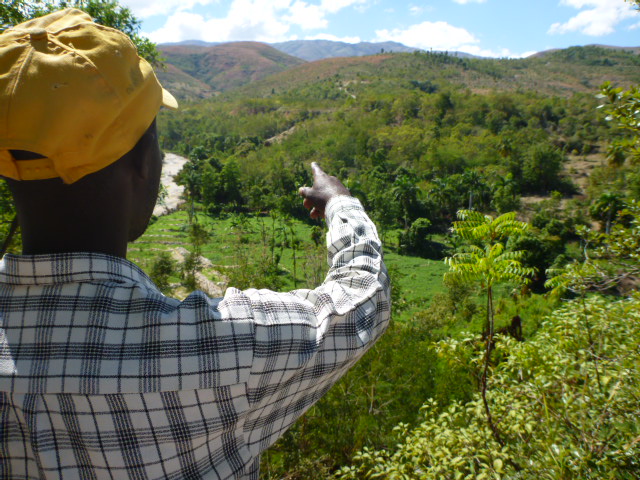
Man points to a hillside of trees he and neighbors planted. In distance are barren hillsides as was his hillside earlier.
The role of human energy is attractive when stated this way, simpler than the complexities of economics, more attainable than sums of money, more universal than approaching social change through a professional discipline such as agriculture, health, or finance. The challenge is how to operationalize this. That is where SEED-SCALE provides an “operating system.”
For we need to learn how to use this universal resource which every person has—if we all share in this we cooperate—when we do not share, we compete, and in competition rises so many of today’s struggles that rip apart our human endeavor. And from not sharing in cooperation rises today’s realities of rising inequity, climate chaos, seemingly random victimization, and depletion of this resource that is our collective salvation.
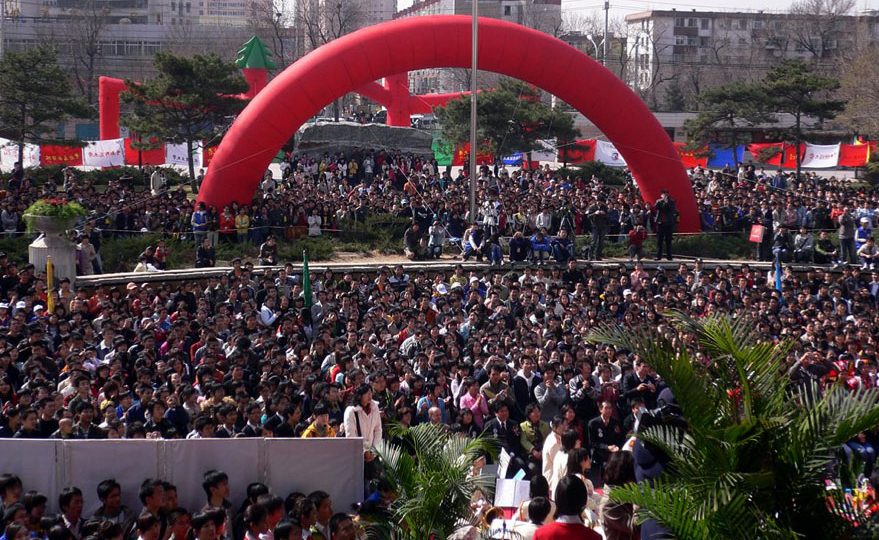
Opening Ceremony Future Generations 2010 Green Long March where 10,000 university students criss-cross China documenting environmental successes
This human energy resource can grow more bountiful each day—it brings forward our better selves, and specifically our energies of hope, work, creativity, collaboration, and perseverance. People need not wait for money, or for their governments to change policies, or even for inspirational leaders. Any group can act now, with what they have. The process always begins locally—then scales up.
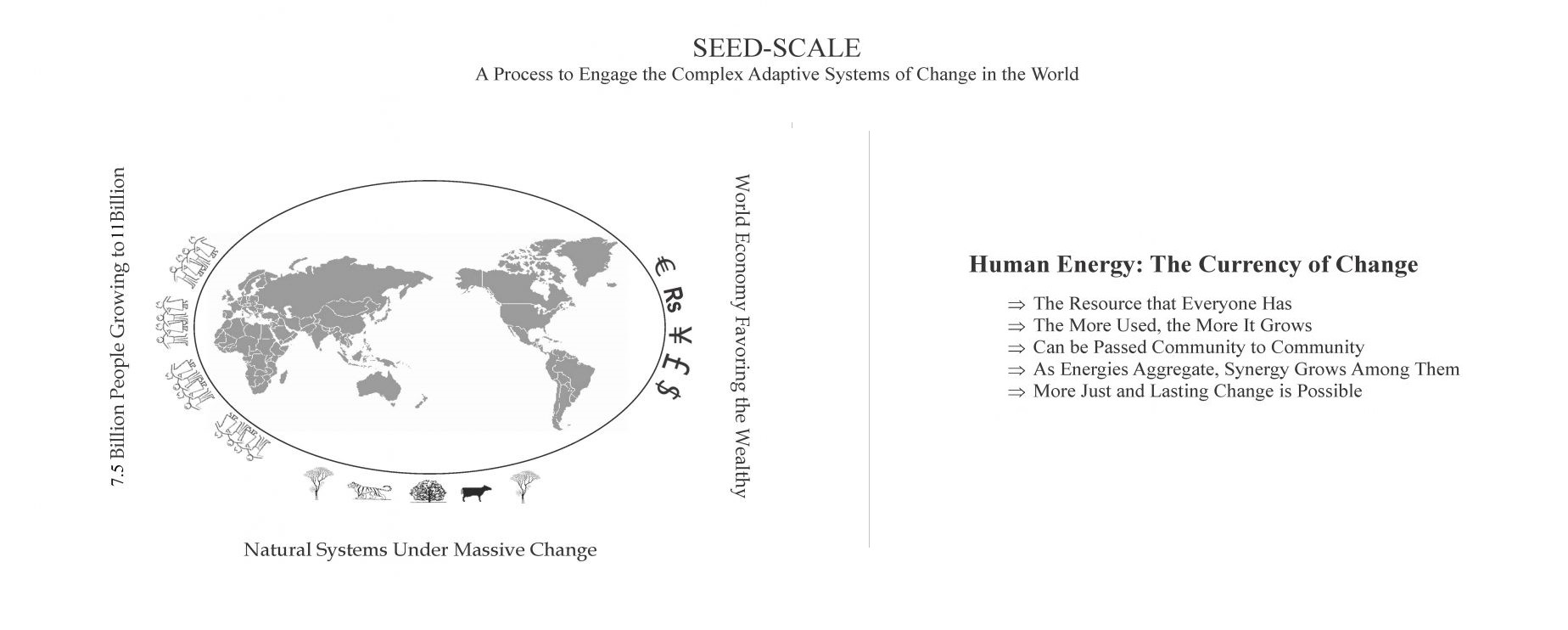
Increasing use of proxies (money, professionals, action moved from communities) obscures the fundamental, understandable character of the human operating system. Collective endeavor is our operating system. Citizens die for their tribe and country. Parents give all for their children. While economics prioritized individual gain, ultimately, every individual’s successes are though a collective, going forward, and resources we all share. Empowerment has been (and remains) the human strategy, accepted and easy to understand. Now possible is learning to grow it.
Empowerment, we know it when we see it. But how to create it? That’s been the puzzle. Empowerment is not a mysterious black box—it is a box we can get in, then once inside we can work with the forces to make them into power. We know it when we see it … and now we can succeed in growing it.
Change emerges out of a circling within circles of our lives, and SEED-SCALE offers a means to direct this nonlinear process. The changing of our lives is the most complex dynamic humanity experiences and can know.
So, how do we grapple with this, the very essence of how we operate, the circular world of feedback loops within feedback loops, always repositioning. And now, in the modern age, looping not only locally but intersecting unpredictably globally? (Rocket science and brain surgery are straight forward by comparison.)
SEED-SCALE synthesizes a number of schools of thought that broadly gather under the term empowerment. The overarching bond they share is that human energy carries their momentum, not money (though money is sometimes used to stimulate). The schools of empowerment thinking that informed SEED-SCALE are summarized in the accompanying section of this website labeled Literature.
Here is an important caveat—recognize what is meant by empowerment—as it is easy to revert to believing it is individuals seeking self gain. Empowerment always localizes to the group, to the collective. SEED-SCALE’s definition (the word community is used because that word comes from Latin, ‘communis’ what we share in common) gives the structure for this collective a group of people who share something in common and have the potential to act together. In sharing, then acting to potential, in these actions are the power of people. Site-specific solutions grow to each situation’s ecology, economy, and culture. This requires working with existing energy to re-channel it, a system that adapts continually, that keeps communities moving.
So, with SEED-SCALE a system is accessed. It brings our energies together. With shared, directed energies, we apply all our resources (from attitudes to zeal) so as to keep a collaborating common journey going toward quality of life for all. And, right now, the best measure of our success will be by using the Sustainable Development Goals (SDGs) with their 169 targets and 232 indicators. We can operationalize these goals agreed to by every country in the world, but realize them in ways specifically fitted to each local place and people.
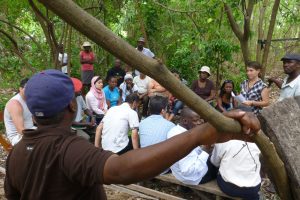 Vis a vis the SDGs, in implementation they have a gap. They are government and corporate goals. They were developed to be implemented through economic investments. On economic exchange is how the international system functions. But communities have that very wide arena of all their energies (again, attitudes to zeals).
Vis a vis the SDGs, in implementation they have a gap. They are government and corporate goals. They were developed to be implemented through economic investments. On economic exchange is how the international system functions. But communities have that very wide arena of all their energies (again, attitudes to zeals).
When communities mobilize their resources toward the SDGs (most of which advance local quality of life), then two results follow. First, communities are accessing a well-thought-through framework of goals and indicators. Second, they have a common language of action with which they can gain support from governments and corporations. Communities are the bottom-up partner needed by the largest international advancement program in the world. And SEED-SCALE in utilizing its three-way partnership can optimize this top-down/bottom-up partnership by bringing outside-in training with its system of thought.





